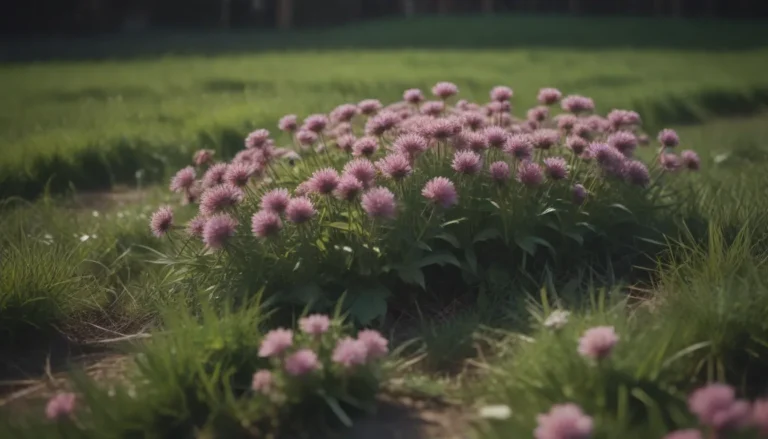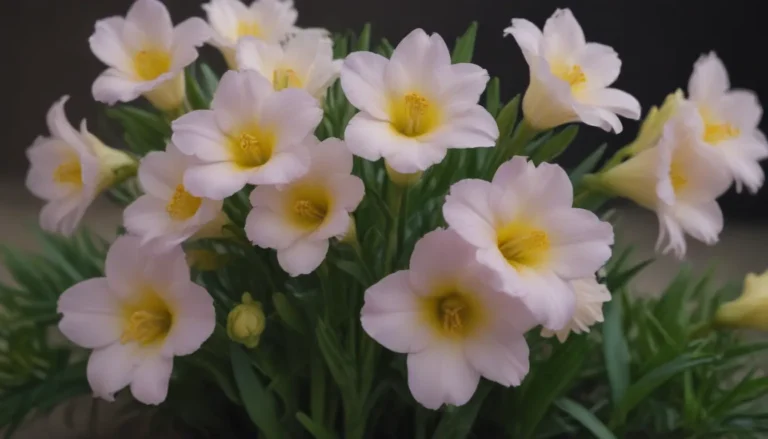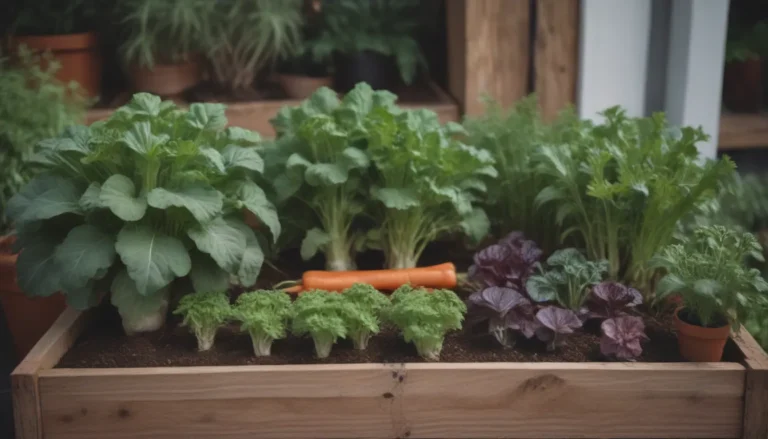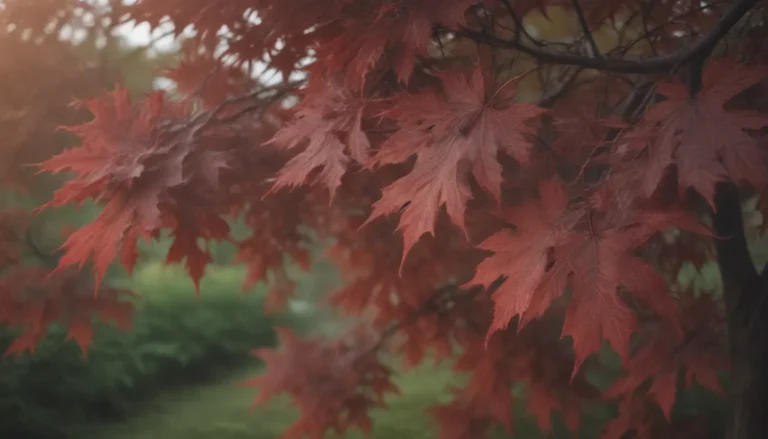Ultimate Guide to Growing and Caring for Northern Maidenhair Fern
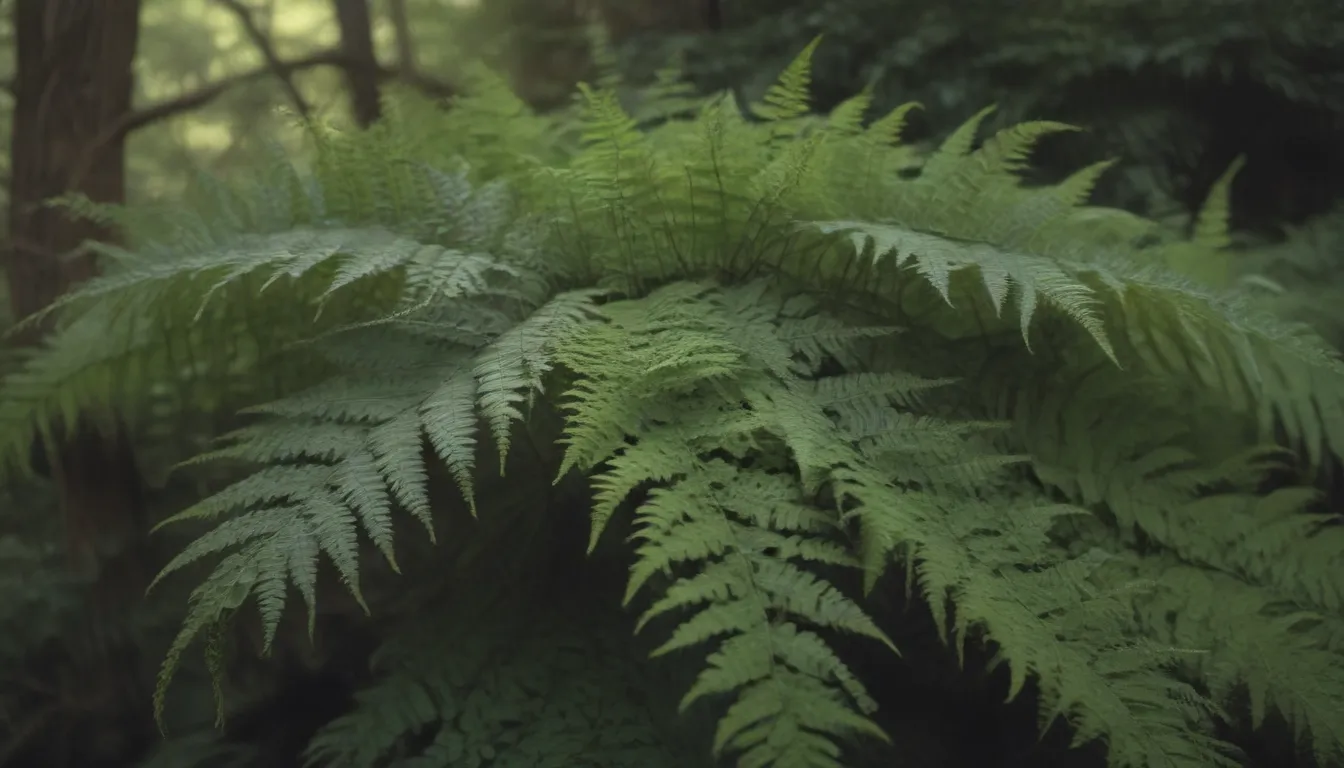
Are you a plant lover looking to add a touch of elegance to your indoor or outdoor space? Look no further than the Northern maidenhair fern, also known as Adiantum pedatum. This beautiful deciduous fern is native to the forests of eastern North America and parts of Asia, and it’s prized for its dark stems and delicate, circular fronds. Whether you’re a seasoned gardener or a beginner looking to cultivate your green thumb, this guide will provide you with all the information you need to successfully grow and care for Adiantum pedatum.
Getting to Know Adiantum Pedatum
Before we delve into the specifics of how to care for this stunning fern, let’s take a closer look at its unique characteristics:
- Appearance: Adiantum pedatum boasts flat, delicate fronds arranged in a circular pattern around a central stem, with striking dark stems that add a touch of drama to its overall appearance.
- Habitat: This shade-loving plant thrives in cool, moist conditions and prefers well-drained soil. It naturally grows on forest floors in shady or dappled light, making it an ideal choice for indoor or outdoor cultivation.
- Growing Zones: Adiantum pedatum can be grown indoors as a houseplant or outdoors in zones 3-8, making it a versatile addition to any garden or indoor space.
Adiantum Pedatum Care Tips
Now that you’re familiar with the basics of Adiantum pedatum, let’s explore some essential care tips to help you nurture your fern and ensure its health and vitality:
Light Requirements
- Placement: Plant Adiantum pedatum in a spot with full to part shade, mimicking its natural habitat on forest floors. Avoid harsh, direct sunlight, which can burn the leaves and cause damage.
Soil Needs
- Moisture: Adiantum pedatum thrives in moist, well-drained soil that’s rich in nutrients. Prior to planting, work organic compost into the soil to provide the fern with the essential nutrients it needs to flourish.
Watering Routine
- Consistency: Water Adiantum pedatum as needed to maintain even moisture levels in the soil. Aim to keep the soil consistently moist without becoming soggy, adjusting your watering frequency based on weather conditions.
- Hot Weather: During hot, dry weather, you may need to water your fern more frequently, potentially every day or every other day, to prevent it from drying out.
Temperature and Humidity
- Ideal Conditions: Adiantum pedatum thrives in cooler temperatures, with an adaptability to temperatures as low as minus 40 degrees Fahrenheit. Indoors, aim for temperatures in the 60 to 70-degree Fahrenheit range and around 50 percent humidity to provide optimal growing conditions for your fern.
Fertilization
- Minimal Fertilization: Adiantum pedatum generally does not require fertilizer when grown outdoors. However, if you choose to fertilize, opt for organic compost or a balanced slow-release fertilizer in the spring to avoid overfertilizing, which can be detrimental to ferns.
Maintenance and Pruning
- Pruning: While Adiantum pedatum does not require regular pruning, you can trim back dead or damaged fronds in the fall or late winter to encourage new growth and maintain the overall health of your fern.
Propagation Methods
- Division: Propagating Adiantum pedatum is easy through division of mature plants in the spring. Gather your gardening tools, including a shovel, gardening gloves, and a sharp knife, and prepare a planting site or container with potting mix to transplant your new fern.
Troubleshooting Common Issues
Despite its resilience, Adiantum pedatum may encounter a few common problems that can impact its health. Here are some troubleshooting tips for addressing these issues:
Browning Leaves
- Cause: Brown, dry leaves can indicate insufficient moisture or excessive exposure to direct sunlight.
- Solution: Water your fern regularly to maintain soil moisture and provide shade during hot summer days to prevent leaf burn.
Drooping Leaves
- Cause: Drooping leaves may signal underwatering, low humidity, or shock from replanting.
- Solution: Increase watering frequency, especially in hot, dry weather, and ensure adequate humidity levels to revive your fern.
Yellowing Leaves
- Cause: Yellowing leaves are often a sign of overwatering or poorly drained soil, leading to root rot.
- Solution: Reduce watering to allow the soil to dry out, or consider repotting in well-drained soil to prevent further damage.
Conclusion
In conclusion, Adiantum pedatum, or the Northern maidenhair fern, is a stunning addition to any garden or indoor space, offering elegance and beauty with minimal care requirements. By providing the right conditions, including adequate light, moisture, and temperature levels, you can enjoy the lush greenery and delicate fronds of this beloved fern for years to come. Remember to monitor your fern for signs of distress and adjust your care routine accordingly to ensure its longevity and vibrancy. Happy gardening!
Remember, “Ferns are fantastic for indoor plant collections and make your home feel like a tropical paradise.” – Gardening Know How.
